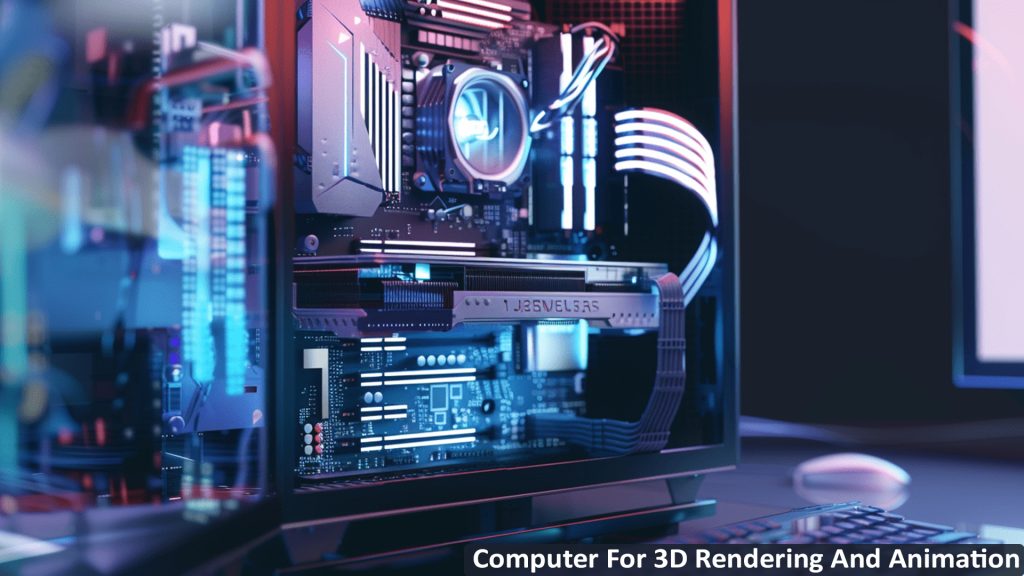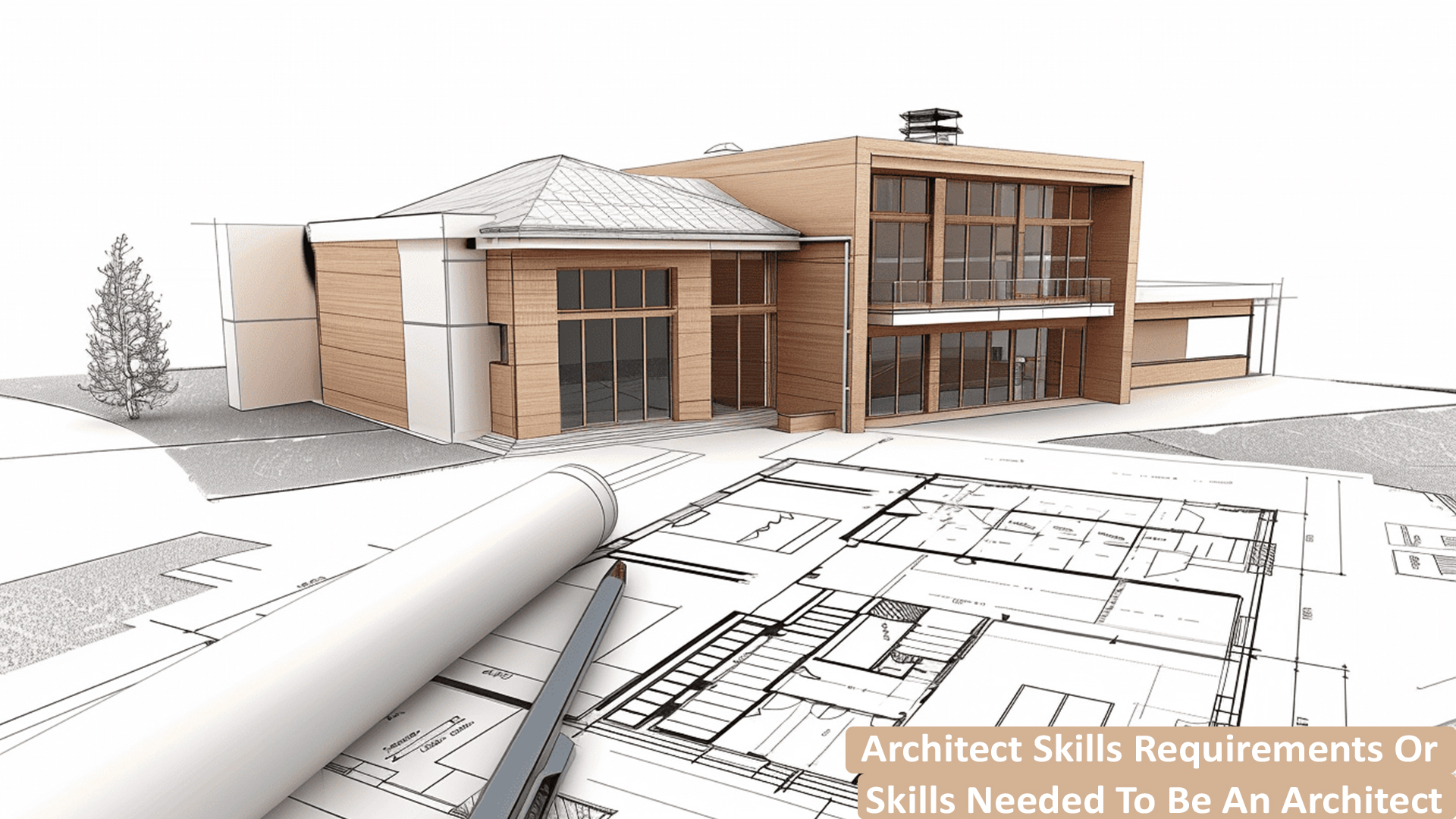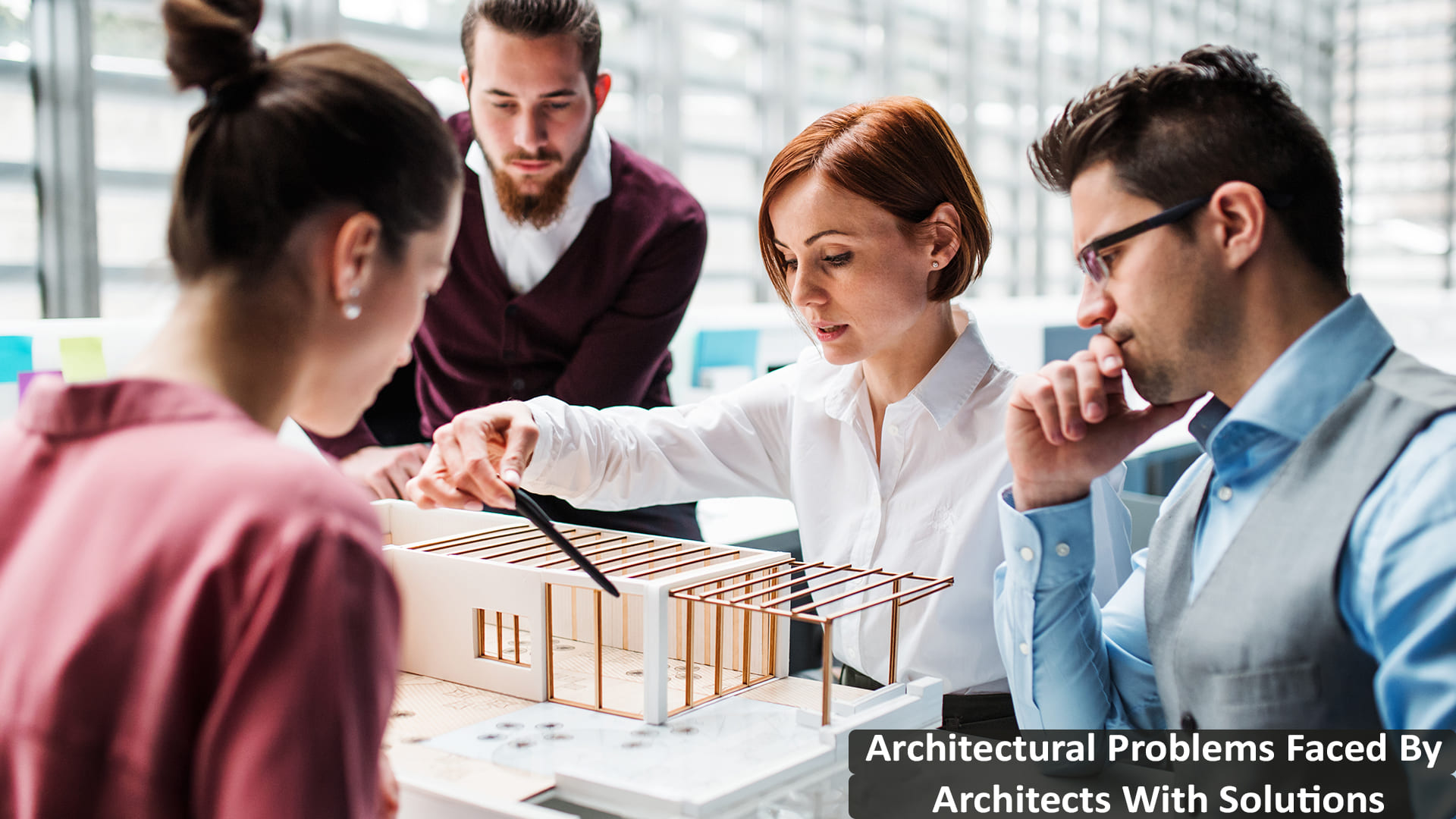Read how to build computer for 3D rendering and animation? 3d rendering is an interesting opportunity for people seeking an integration of both art and technology. This industry has influenced various sectors including architecture, construction, product designing, advertising, gaming, entertainment and more. Making immersive 3d renders may sound like spending too much money on a compatible system and then subscribing to expensive tools. The good news is that it is not true anymore.
The days have gone by when 3d design making was of high cost. In the present time, you don’t need to spend extensive amounts to design a computer for rendering purposes. You can now put together a PC with all essential hardware and software requirements needed to run a smooth, fast and uninterrupted program. Let’s move forward with how to build a computer for rendering on a budget.
Building a Computer for 3D Rendering And Animation
Designing your own PC is cheaper than buying a new one. It gives you all the opportunities to customize each specification according to your unique requirements and budget. We have provided some important PC parts to be considered when building a computer for 3d modeling. Read how to build computer for 3d rendering and animation along with components such as GPU, CPU, RAM, Storage etc. Discover building features for a powerful render PC.
1. Software – The important thing before considering the system requirement is choosing rendering software. And then making the ideal PC features that can harmonize with those software and tools. Each tool will have specified the operating system requirement, RAM, storage, processor type, graphic cards etc. Make sure your personal computer meets all those specifications.
2. System’s Processor Requirement – The primary part of building a computer for rendering is choosing the processor. It is an important component that implements the executions and works over your commands. Typically, 3d modelling software works on a single thread/ processor core, so always make sure to invest in the best and the fastest processor. Since 3d rendering software needs great processing speed the system should have a minimum of Intel Corei7 or i9 processor.
3. Graphic Card or Graphic Processing Unit – A potent graphic card accelerates 3d modelling by producing great-quality photos and animations. Graphic cards are responsible for the quality of images reflected on a system and some of the options you can opt for are RTX 3060 or RTX 4060. They could be a little expensive but elevate the 3d rendering process by developing top-notch visuals. Some computers provide integrated GPUs while others have discrete ones that are to be plugged into the motherboard’s slot. For 3d rendering computers, a discrete GPU works wonders.
4. Motherboard Selection – The more features a motherboard has, the better performance it will provide. ASUS x570 and ASRock x570 Tai-chi are affordable options for designing a 3d rendering computer. AB350 MB can also be considered as a budget friendly option. It is versatile and can leverage computing power of CPU, GPU, and memory.
5. CPU Requirement – A system’s power and processing speed depend on the Central Processing Unit or CPU. It should be highly compatible with the motherboard for it to attach to the processor. Look for a CPU with high clocks and core counts to perform a graceful rendering process. Ryzen 7 1700 CPU has 8 cores and 16 threads that will assist you in creating complex 3d models with ease. You can achieve great execution for longer times with such CPUs.
6. Memory Limit – An invincible RAM or Random access memory leads to smooth operation without lagging or slowing down the system. It is the brain of a system that reads, writes and stores data. Here the data is temporarily stored and this is how a system knows what are we currently operating on. When considering designing an ideal computer for 3d rendering, a minimum of 16GB RAM is required. 3d modeling software such as Autodesk 3d Max works uninterruptedly in this capacity.
7. Storage Requirement – Another important component for 3d rendering computer design is ample storage. You don’t want your data removed when the power is switched off. Solid-state drives or SSDs are popular for their small size, lightweight and fast speed. They are budget-friendly. An SSD of 512 GB works ideal for every 3d rendering software. It speeds up the saving and loading time of files and can provide great storage capacity for high-quality 3d models, textures, and other type of files. However, if you can stretch your pocket, investing in SSB NVME won’t hurt you. They have superior for faster and safely storing everything.
8. Monitor Ideal Display – A display is important for the complete clarity of 3d animations, and accurate representation of color & shades, allowing you to see a model more comprehensively and help in producing detailed renders. Look for a minimum resolution of 1920×1080 having an ideal screen size of 15 inches. Since 3d photorealistic rendering is all about creating impactful visuals, a display or monitor should present every feature of the graphic neatly.
9. Power Supply Units – A stable power supply is important for task execution without failures. You will see a variety of brands and wattage options available in the market. Think about your requirements or talk to an expert about which Power supply unit will work according to this system requirement. A PC with advanced Graphic processing units and drives need to have a 750-watt PSU. Corsair and EVGA are generally cheaper and excellent options in power supply units.
The Bottom Line
Now you know about the key factors to consider when choosing the ideal system requirements for making a rendering PC. With all these important components with compatible power, you will have the computer that is just made for you. We have mentioned all the pocket-friendly options if you want to consider them you can. Now you know that building a rendering PC is not daunting and can be designed within the desired budget.








